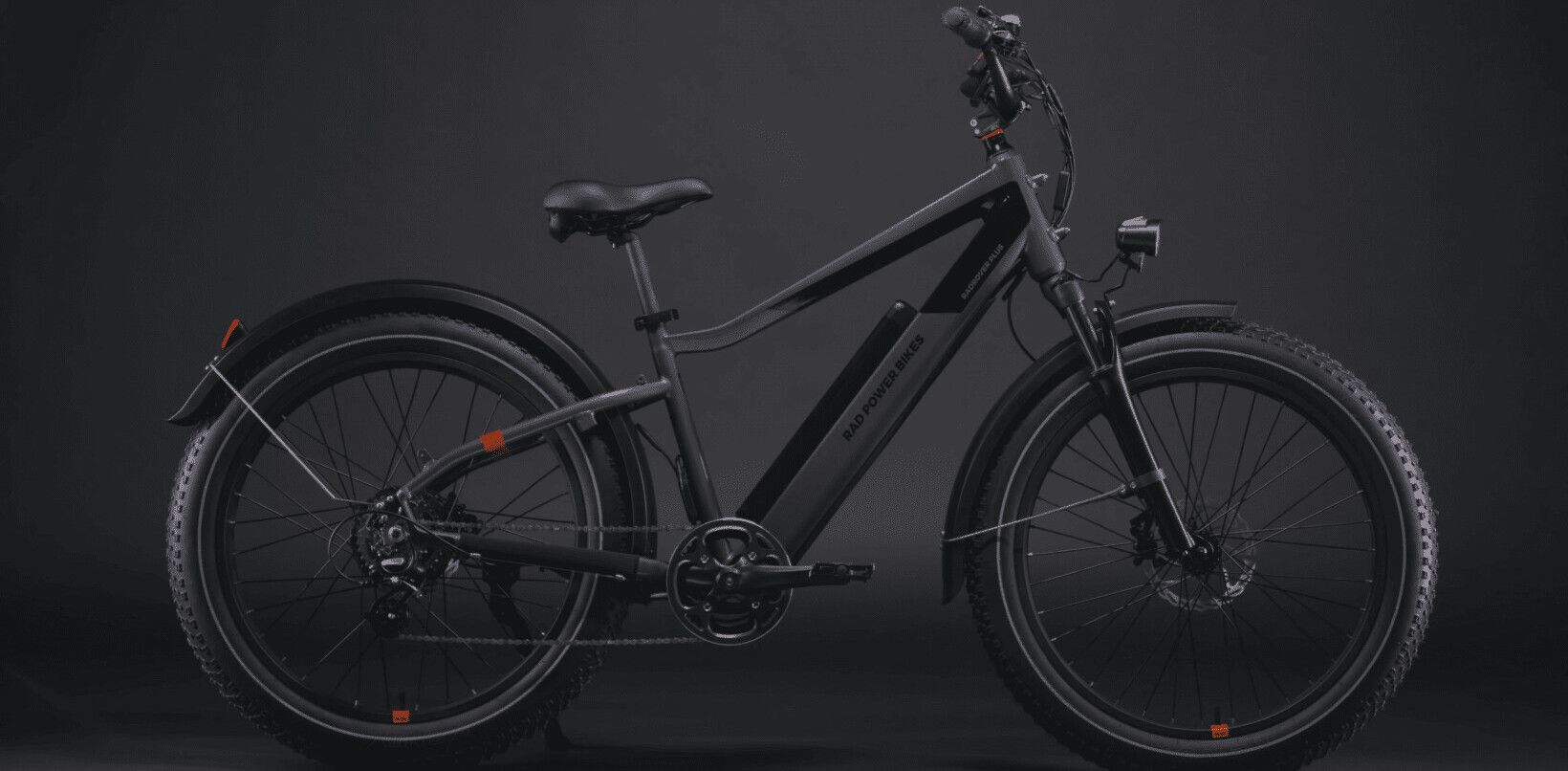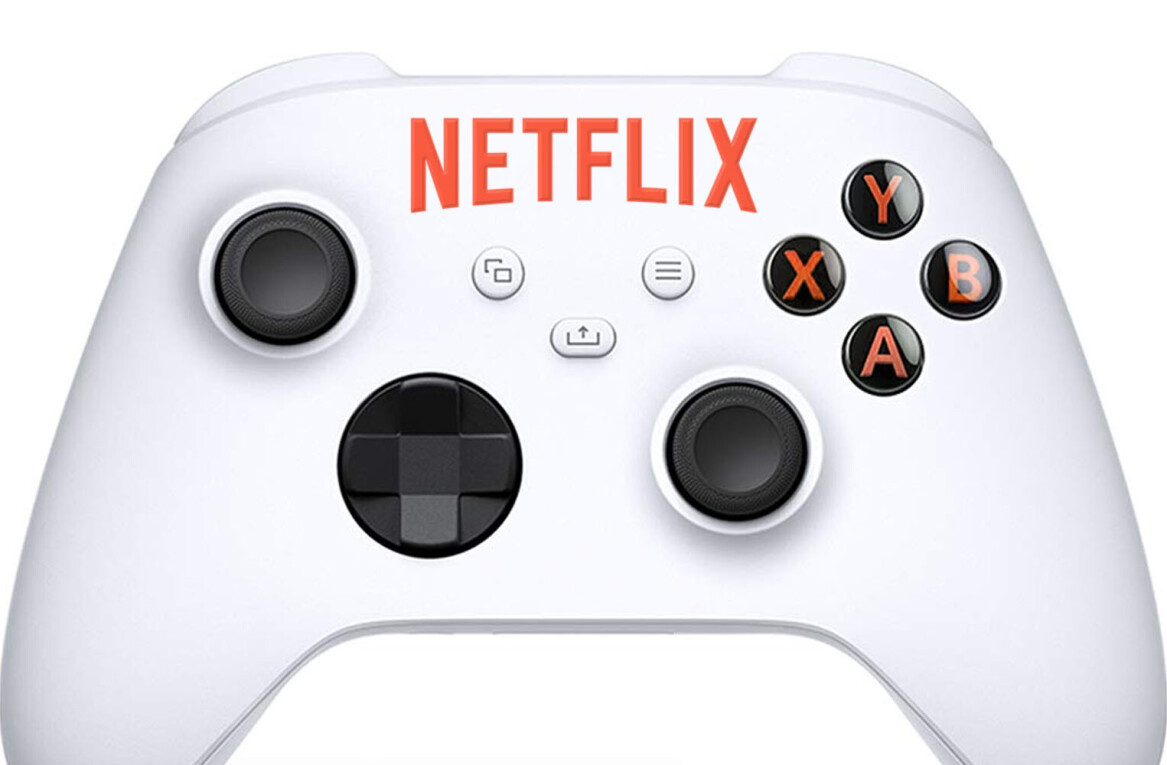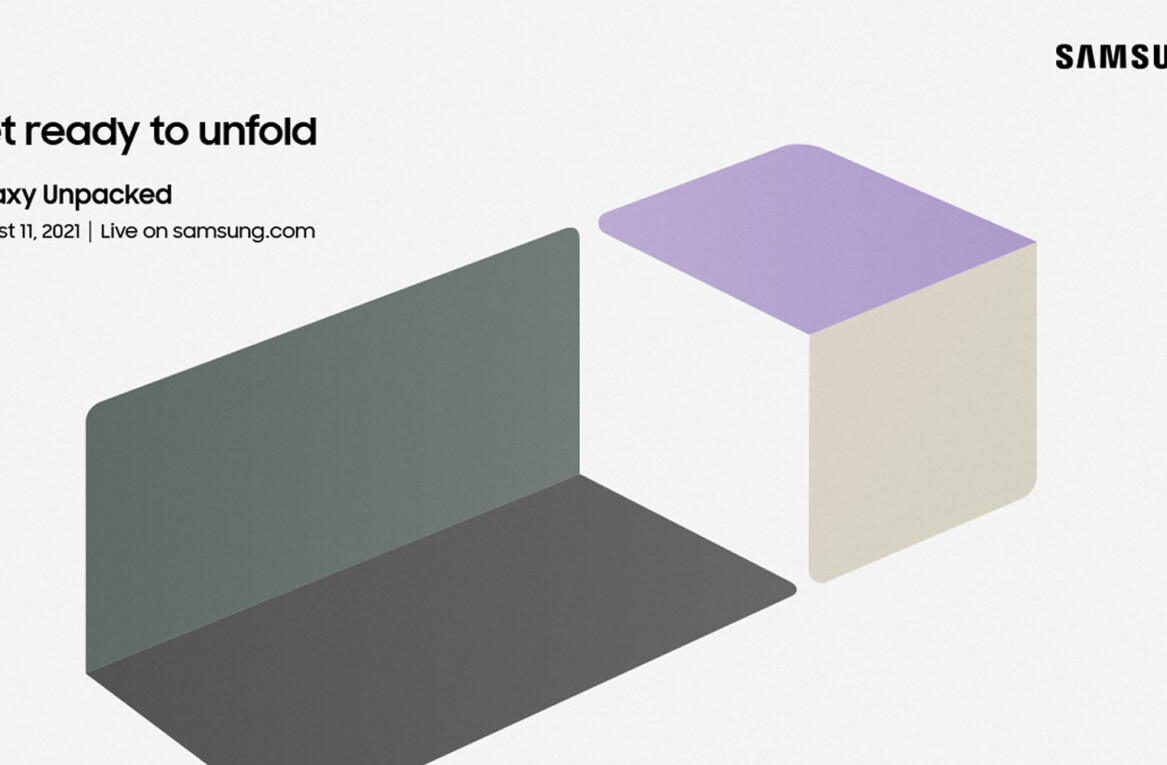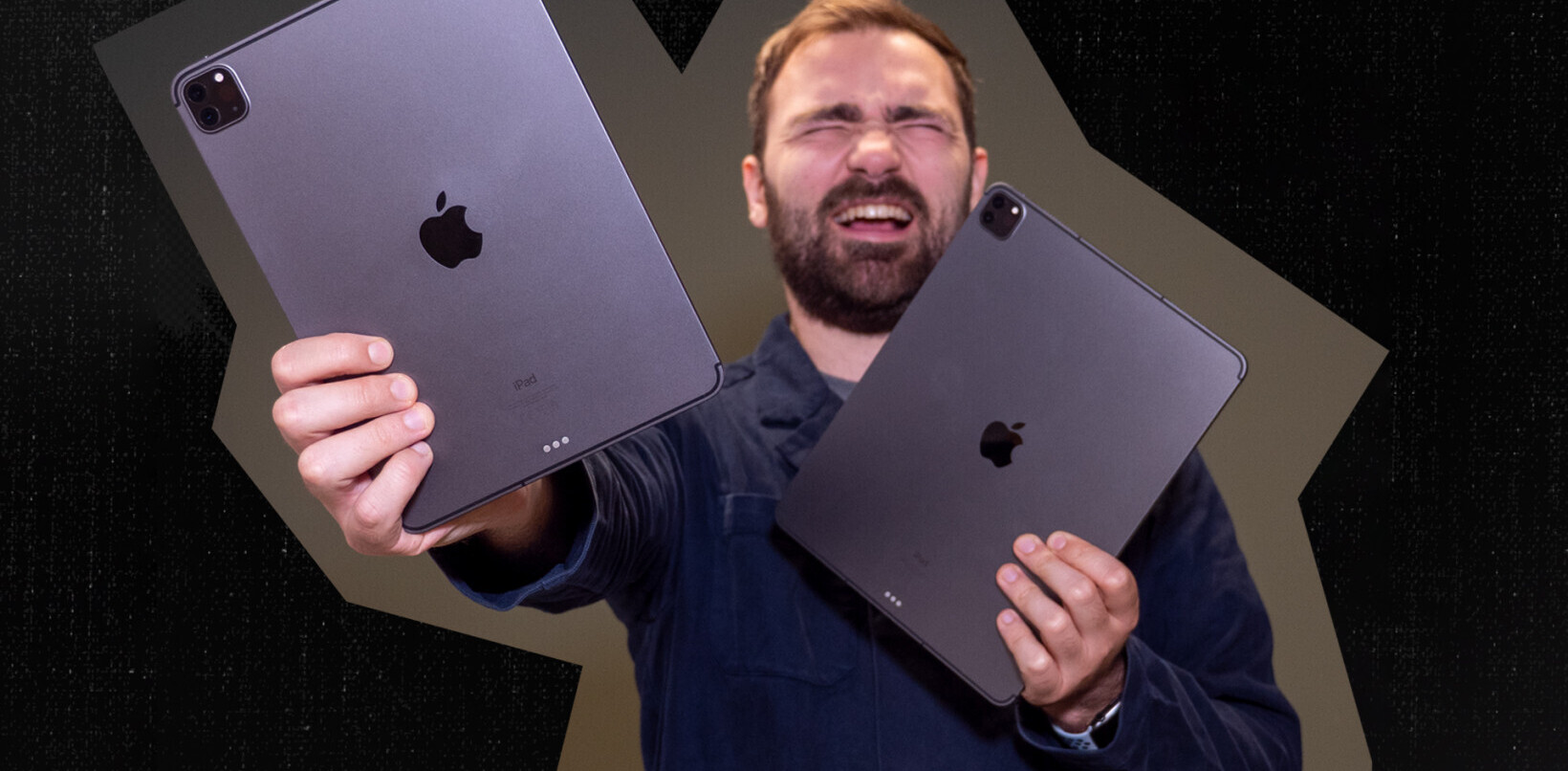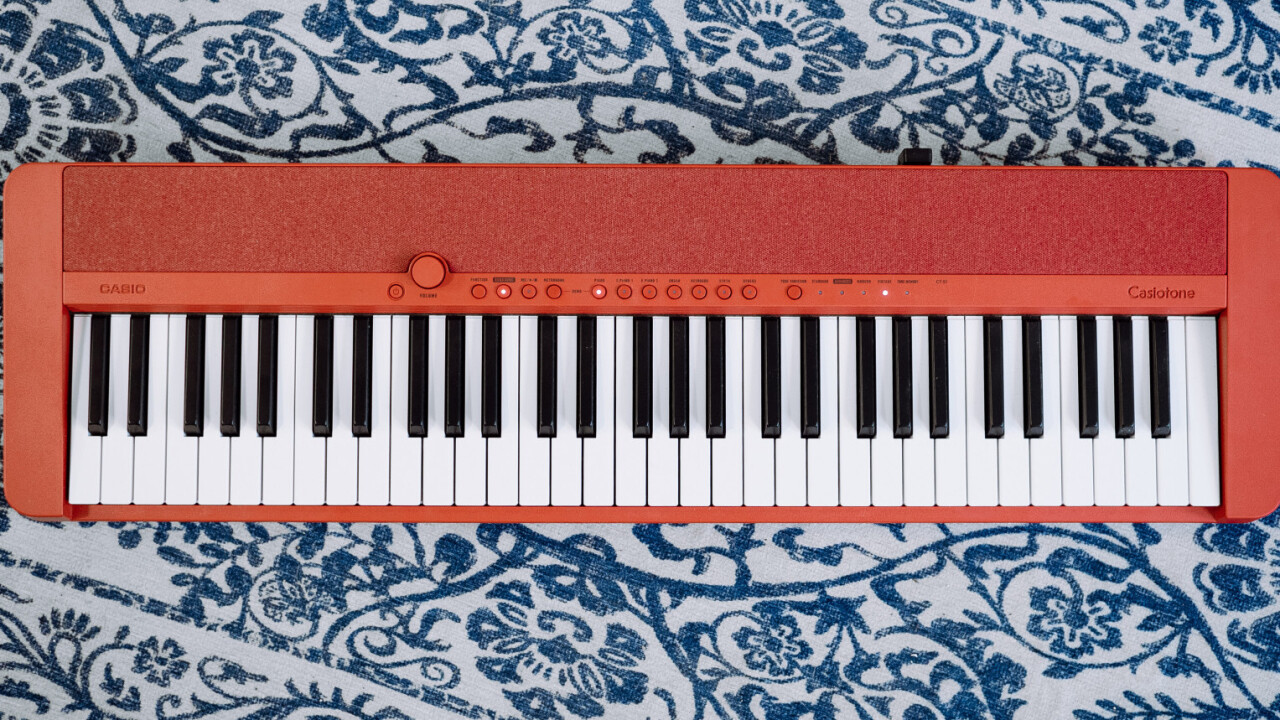
I’ve been a Casio fan for a while. Though the company has occasionally been the butt of bad jokes from musicians who seemingly have a problem with affordable instruments, Casio has long offered sensibly designed products that tend to be more accessible than much of the competition.
The Casiotone CT-S1 feels like the epitome of Casio’s design philosophy. The company says it’s the spiritual successor to the original Casiotone CT-201 from 40 years ago, a digital keyboard meant to get anyone playing the piano. To me, it just seems like a fantastically good deal for a cent under $200.
Disclaimer: I’m a little biased as I’ve owned a Casio Privia PX-560 for a while now, and I love that thing. I’m also far from an advanced pianist. But I am a professional gadget nerd and I’m familiar with most of the digital piano options on the market.
There just isn’t much that offers the kind of value you get from the CT-S1 at this price point.

The CT-S1 is aimed at relative newbies, but there’s also a lot to like here for more advanced musicians, especially those looking for a secondary keyboard. Here’s what you’re getting for two benjamins:
- 61 full-size velocity-sensitive keys
- A nifty ‘surround’ sound mode
- Optional battery power (via six AA batteries)
- USB MIDI
- Optional Bluetooth MIDI and Audio via the WU-BT01 adapter
- Compatibility with Casio’s Chordana app for learning pieces
- 9.9 lbs (4.5 kg) weight
- Music stand included
- An option of black, white, and red colorways
Though the basic spec sheet may not seem that exceptional, it’s the thoughtful attention to detail that makes the CT-S1 so impressive. Casio has carefully curated every sound and feature present for an experience that oozes more quality than you’d expect for the price.
Firstly — the CT-S1 is just a good-looking keyboard. Sure, it’s all plastic, but it’s plastic-fantastic. The body and keys have a matte finish which, combined with the fabric covering the speakers, makes for a classy design that feels good to the touch. It’s not just another cheap glossy keyboard, and I think it looks far better than anything else at the price point.

Bonus: there’s a handle on the underside that makes it easy to carry, and there are even strap pins to use the CT-S1 like a keytar. While my PX-560 is smaller and lighter than most digital pianos, it’s still not exactly something you can just pick up on a whim and bring with you to another room.
Now the important part: how does it sound?
There might ‘only’ be 61 sounds onboard, but this is one of the only keyboards I’ve tested — especially near this price point — where I actually like almost every sound.
Because I’m not good enough to post my playing online, here’s a video from Casio showing off the built-in voices:
Some of the sounds built into the CT-S1 are better than the ones I’ve seen in multi-thousand-dollar keyboards or some built-in libraries for professional music software. Aside from an all-around solid acoustic piano sound, the electric piano and organ selection being particularly impressive, noticeably changing in timbre depending on how hard you press the keys rather than just volume as on some instruments.
You’ve got legitimately good-sounding Rhodes, Wurlitzer, Hammond, and clavinet samples, strings that don’t sound like total junk, funky brass, and even a rather lovely flute in here (many samples on Casio’s website). Whereas most instruments have plenty of sounds that are just throwaway inclusions, almost everything in the CT-S1 is genuinely fun to play with.
I also have to give kudos to Casio for the actual sound quality from the speakers — I’ve heard larger keyboards with worse sound, and I really dig the ‘surround’ mode that expands the ambient presentation of the piano, and I pretty much used it all the time. Unfortunately, the surround mode doesn’t work for headphones, and it does have the side effect of brightening the tone a little bit, but it’s a welcome feature.
As you’d expect from an affordable lightweight keyboard, the key action won’t remind you of an acoustic piano. They’re spring-loaded synth-style keys, but even here I appreciate the impelentation; they offer a matte texture, and the keys are sensitive enough to allow for a good amount of dynamic control. That said, if you’re used to the weighted hammer action of an acoustic piano or high end digital, you’ll probably want to adjust the key sensitivity to the ‘heavy’ setting.
Speaking of adjusting settings, the CT-S1 doesn’t have a screen. Whether or not that’s a good thing depends on your tastes; as someone using the CT-S1 as a secondary keyboard that I can easily move around the house, I appreciate the simplicity and lack of distractions, and it helps maintain the keyboard’s clean look.
But this is one of the few times you really should read the manual. In fact, you’ll want to keep it close by or download it onto your phone initially, as changing settings is a matter of pressing the ‘function’ button and remembering what key each setting is assigned to. After a few days, you’ll probably memorize your most used functions, which in my case are the metronome and octave shift.
Some other caveats to keep in mind:
- While Bluetooth MIDI is virtually instantaneous, Bluetooth audio through the piano does have a slight latency, so I’d still use a wired audio connection if you want to use this as MIDI controller for a virtual piano or other purposes.
- Rather counterintuitively, the piano has both USB-A and Micro USB ports, but only the Micro USB port works for MIDI out to a PC or smartphone. You’ll need a special cable or some kind of adapter.
- This thing chews through batteries; you should get rechargeable ones if you plan on using it on battery power.
- There’s no pitch bend or mod wheel, if you’re into that type of thing.
- Given the heavy focus on piano and other keyboard instruments, a sustain pedal should have really been included. Luckily you can get one for pretty cheap.
- While the piano samples are really nice, there’s no pedal or sympathetic resonance happening here, like you might find on Casio’s ‘proper’ digital pianos.

But there’s really little to complain about here. The Casio’s closest competition is arguably the Roland Go:Piano — an instrument I owned — and though it’s more expensive, the built-in sounds just aren’t as good, the design looks much cheaper, and the keyboard action is inferior. To be fair, the Roland is a few years old now, has a proper display, and has Bluetooth built-in. It was great when it was released. But as it stands, the Casio is just the better keyboard in almost every respect.
Casio set out to make a digital keyboard that was affordable, looked good, and sounded great, and it succeeded in every measure. Whether as your first digital piano or a secondary keyboard for portability, you’d be hard-pressed to find anything better in this form factor or price range.
Get the TNW newsletter
Get the most important tech news in your inbox each week.
